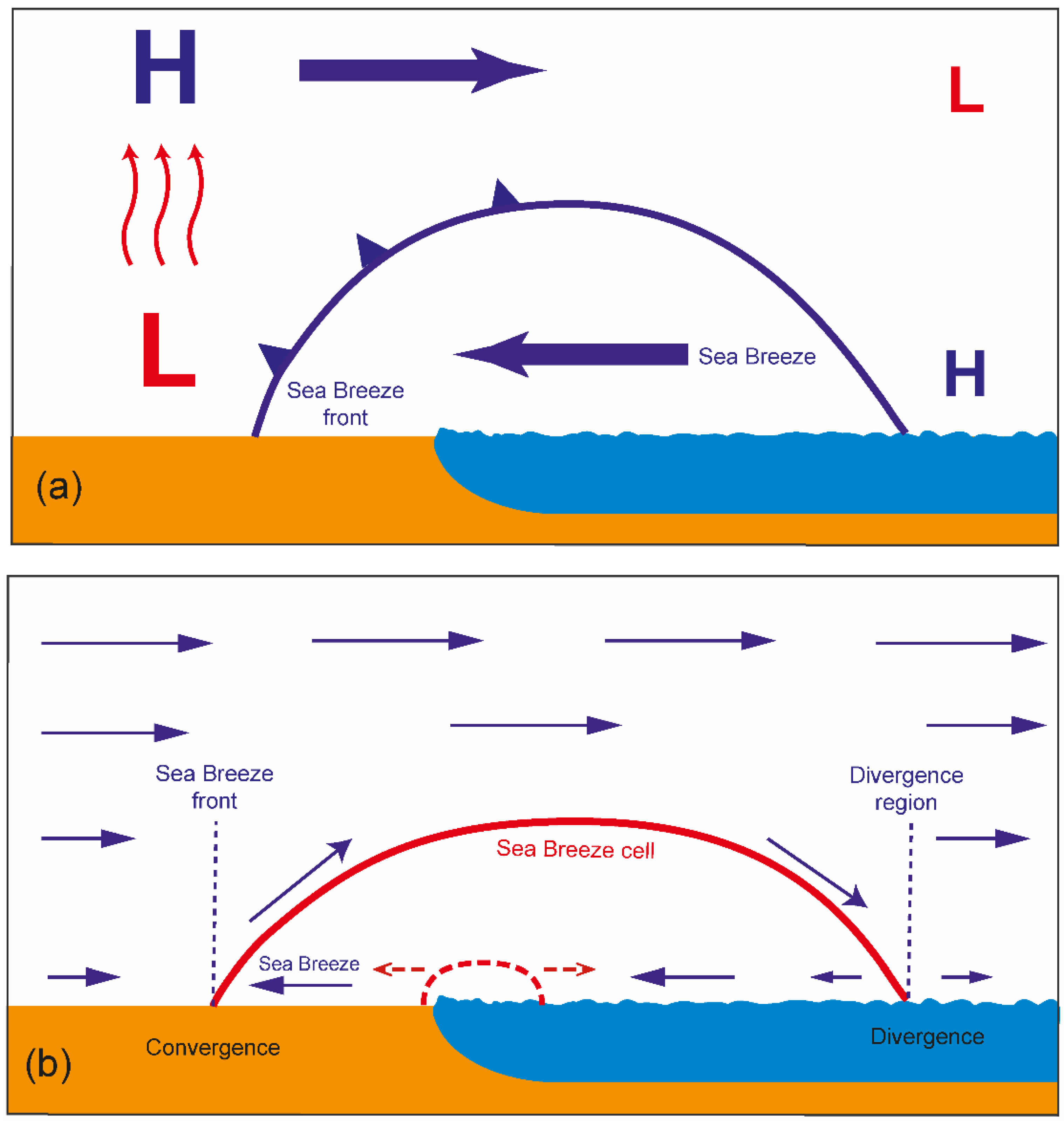

ĭu Y, Qu T, Meyers G et al (2005) Seasonal heat budget in the mixed layer of the southeastern tropical Indian Ocean in a high-resolution ocean general circulation model. ĭu Y, Liu K, Zhuang W, Yu W-D (2012) The Kelvin wave processes in the equatorial Indian Ocean during the 2006–2008 IOD events. NASA Tech Memo 104606:40ĭee DP, Uppala SM, Simmons AJ et al (2011) The ERA-Interim reanalysis: configuration and performance of the data assimilation system. Ĭhou M-D, Suarez MJ (1999) A solar radiation parameterization for atmospheric studies. Ĭhen SS, Houze RA (1997) Diurnal variation and life-cycle of deep convective systems over the tropical Pacific warm pool. Ĭhandrasa GT, Montenegro A (2019) Evaluation of regional climate model simulated rainfall over Indonesia and its application for downscaling future climate projections. Ĭai W, Sullivan A, Cowan T (2009b) How rare are the 2006–2008 positive Indian Ocean Dipole events? An IPCC AR4 climate model perspective. (1969)097%3c0163:ATFTEP%3e2.3.CO 2Ĭai W, Pan A, Roemmich D et al (2009a) Argo profiles a rare occurrence of three consecutive positive Indian Ocean Dipole events, 2006–2008. ījerknes J (1969) Atmospheric teleconnections from the equatorial pacific. īirch CE, Webster S, Peatman SC et al (2016) Scale interactions between the MJO and the western Maritime Continent. īhatt BC, Sobolowski S, Higuchi A (2016) Simulation of Diurnal Rainfall variability over the Maritime Continent with a high-resolution regional climate model. īernie DJ, Woolnough SJ, Slingo JM, Guilyardi E (2005) Modeling diurnal and intraseasonal variability of the ocean mixed layer.

īernie DJ, Guilyardi É, Madec G et al (2007) Impact of resolving the diurnal cycle in an ocean–atmosphere GCM. īernie DJ, Guilyardi E, Madec G et al (2008) Impact of resolving the diurnal cycle in an ocean–atmosphere GCM. WP 04–GLO–CNRS_LEGI Grenoble.īellenger H, Takayabu YN, Ushiyama T, Yoneyama K (2010) Role of diurnal warm layers in the diurnal cycle of convection over the tropical Indian Ocean during MISMO. SOLAīarnier B, Dussin R, Molines JM (2011) Scientific Validation Report (ScVR) for V1 Reprocessed Analysis and Reanalysis. Īs-syakur AR, Imaoka K, Ogawara K et al (2019) Analysis of spatial and seasonal differences in the diurnal rainfall cycle over Sumatera revealed by 17-year TRMM 3B42 dataset. Īldrian E, Susanto RD (2003) Identification of three dominant rainfall regions within Indonesia and their relationship to sea surface temperature. Īldrian E, Sein D, Jacob D et al (2005) Modelling Indonesian rainfall with a coupled regional model. Although the coupling frequency has little impact on the timing of the rainfall diurnal cycle, suppression of sub-daily coupling significantly changes the diurnal rainfall amplitude causing a relative decrease (increase) in amplitude over the coast of Northwestern (Southwestern) Sumatra during the South Asian monsoon season.Īldrian E, Dümenil-Gates L, Jacob D et al (2004) Long-term simulation of Indonesian rainfall with the MPI regional model. In addition, the mean rainfall in the vicinity of ocean warming increases, thereby producing an enhanced barrier layer that also provides a positive warming feedback. This deepening is linked to anomalous downwelling equatorial eastward propagating Kelvin waves triggered by westerly anomalies in the eastern equatorial Indian Ocean. Without sub-daily air-sea interactions, the mean SST along the southwest off Sumatra is ~ 2 ☌ warmer during the period from June to October as a result of a deepening of thermocline along the coast. We find that coupling frequency has a significant influence on mean sea surface temperature (SST) and the mean state and diurnal cycle of rainfall over certain regions of the western Maritime Continent where air-sea interactions are strong during the Asian monsoon season, with little effect in other regions or seasons. In order to determine the importance of these high-frequency interactions, we conducted two regional ocean–atmosphere coupled simulations over the Maritime Continent where exchanges between the oceanic and atmospheric components are performed either every hour (i.e. Here we examine the importance of sub-daily air-sea interactions over the Maritime Continent region to the rectification of longer timescale variation. High-frequency interactions between the ocean and atmosphere have the potential to affect lower frequency or mean state climate in various regions.


 0 kommentar(er)
0 kommentar(er)
